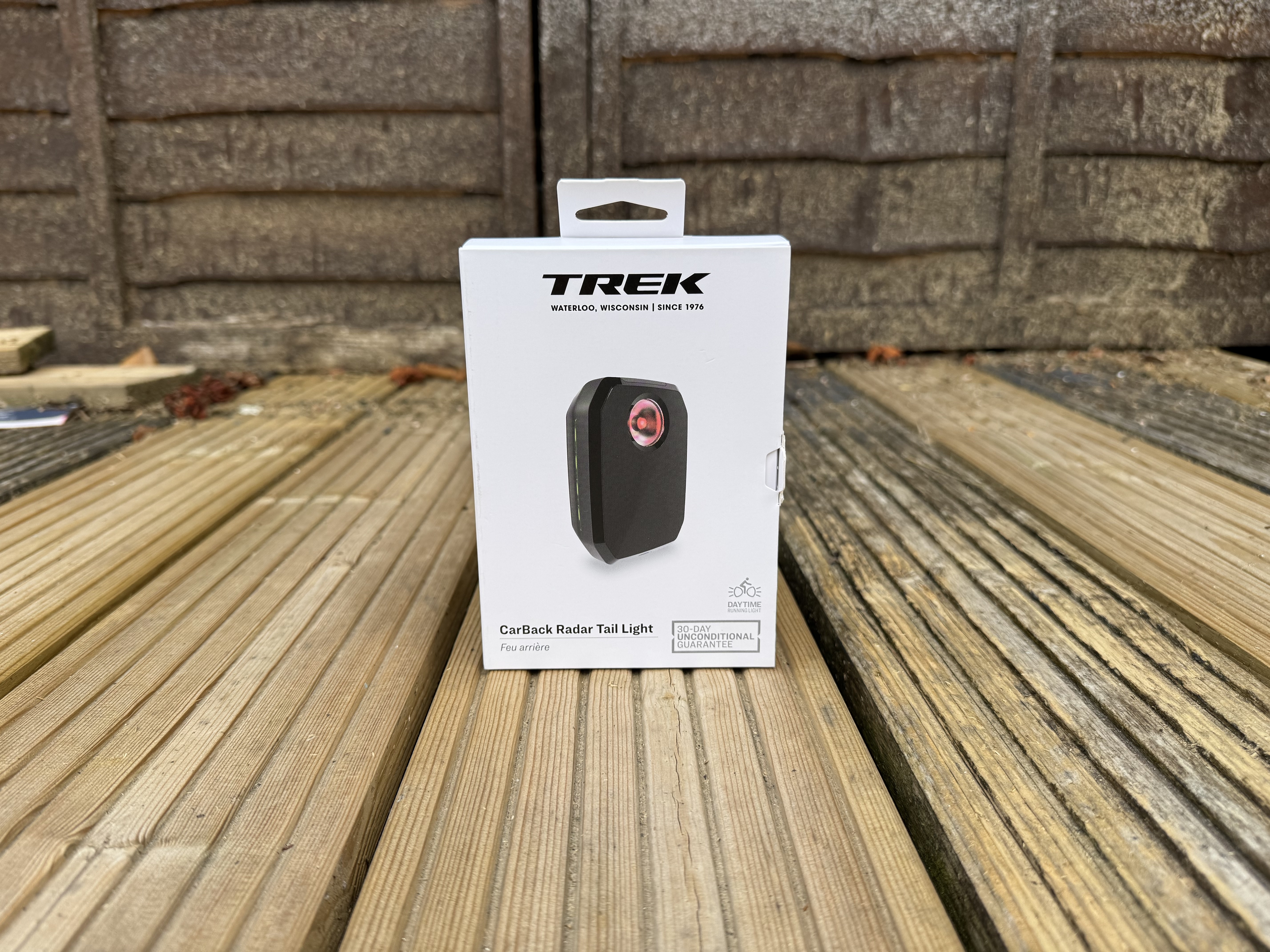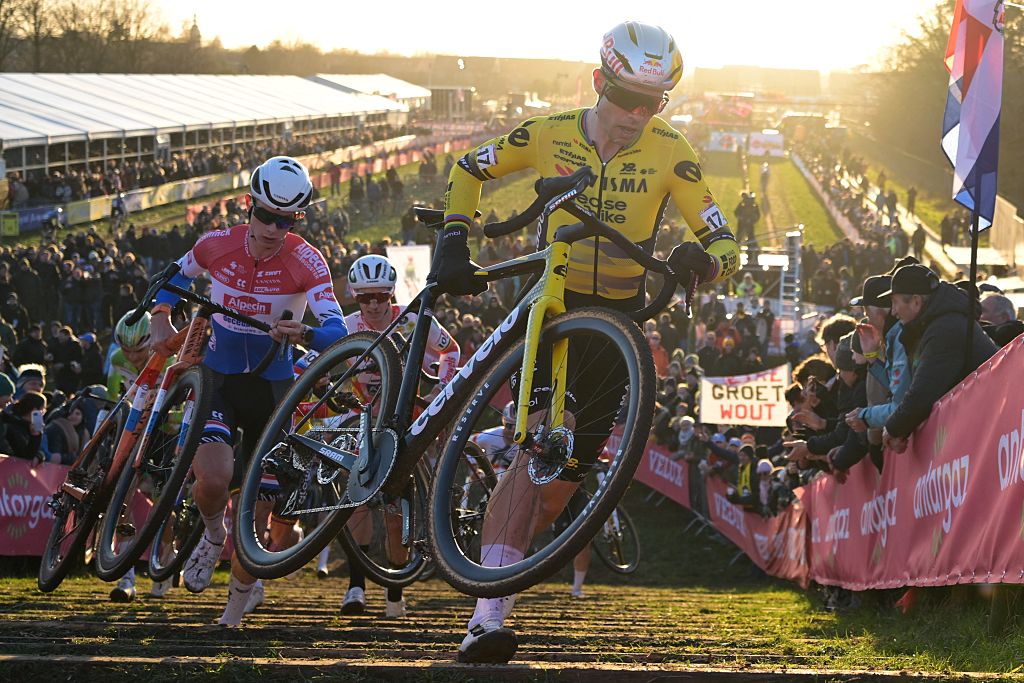Cyclingnews Verdict
An impressive pickup range is countered by a poor field of view and chunky design. A battery indicator is useful, but battery life itself lags behind the competition.
Pros
- +
Very long distance pick-up range
- +
Mount is actually very secure on different seat posts
- +
Visible battery gauge is useful
Cons
- -
Sits a bit wider than other radar units so thigh rub can occur
- -
Side visibility of the rear light is limited
- -
FOV appears significantly narrower than competitors
- -
Cars maintaining speed behind drop out from detection
- -
Battery life is low compared to the competition
You can trust Cyclingnews
Price: £169.99 / €199.99 / $199.99
Weight: 87g without mount
Modes: Four
Lumens: 90 on brightest setting
Battery life: 7 hours maximum
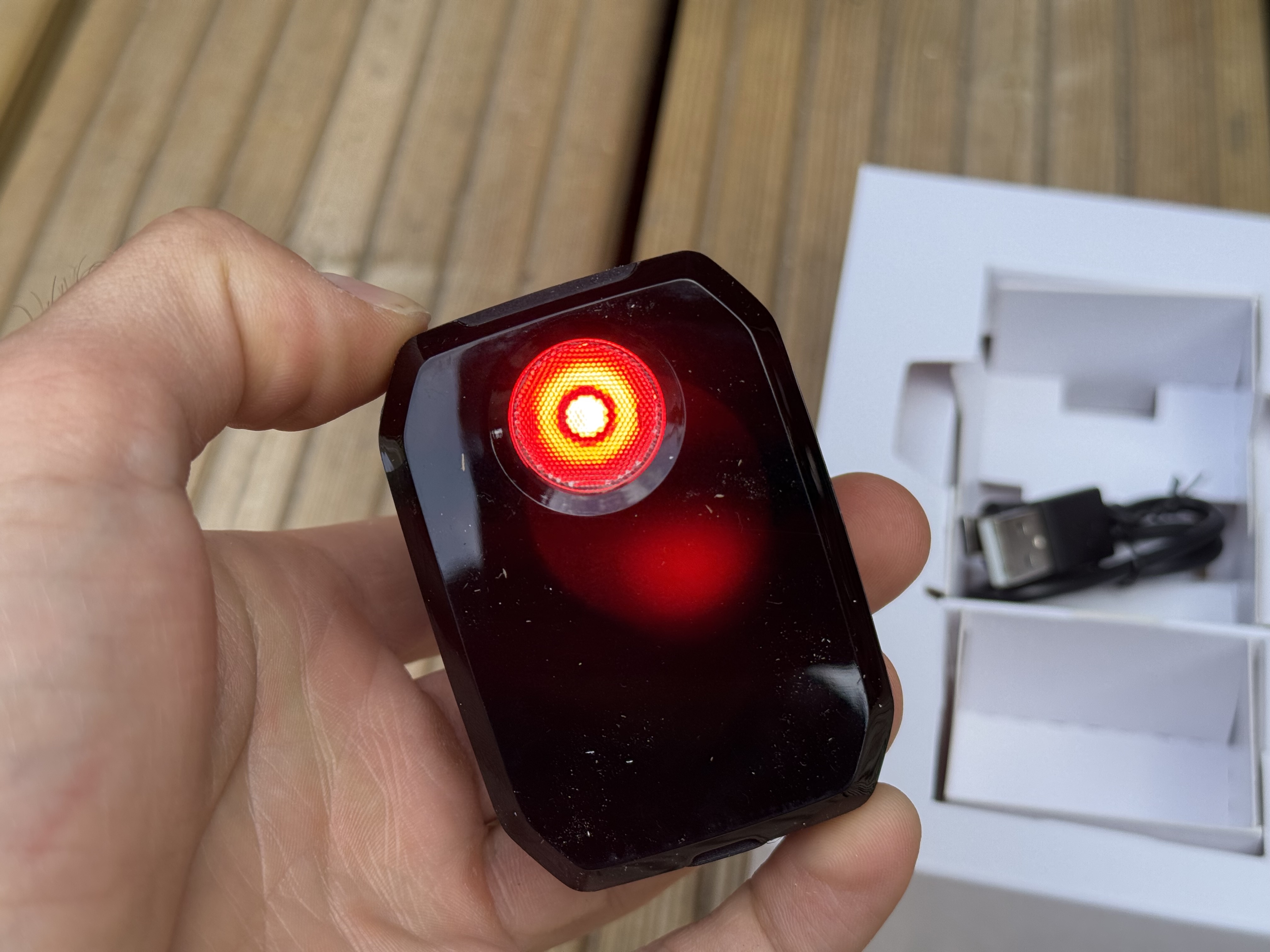
Radar lights have grown in popularity over the last few years, thanks to their capacity to be able to detect approaching cars and give riders an early warning system. They do not replace the need to look behind, but they add an additional layer of security as well as providing an effective daytime light to enhance visibility. For many users they are part of the best bike lights ecosystem now.
The Trek CarBack Radar Tail light does some things exceptionally well in those regards, however in other areas it leaves a lot to be desired. A superb long distance pick up range is the best I’ve experienced so far, but this is countered by a poor field of view which can lose cars around corners. Worse still, vehicles that maintain the same speed drop out of detection even if they are close behind.
Add to that a sub-par battery life and a price that puts it amongst the higher end radar light competitors, and the Trek CarBack does require a few areas of refinement, even if it does a lot of the basic concept of what a radar light needs to do pretty well.
Design and specifications
The aptly named Trek CarBack Radar Tail light is built around one large unit which houses both the radar detection system as well as the rear tail light. It’s 70 x 50 x 25mm total diameter does make it shorter than several competitors but a reasonable amount wider. The Wahoo Trackr Radar for example is 90mm long but 42mm wide. Connectivity with other devices is the now very standard ANT+ and BLE while waterproof rating is IPX7 (submersible in 1m of water for 30min) so easily capable of withstanding British weather. Weight is 87g without the mounting system, making it competitively weighted against the competition.
The battery life is interestingly 7 hours regardless of the mode used for the light, with the lithium ion battery able to charge fully in 4 hours, but is at least rechargeable with USB-C rather than micro-USB. The charge port itself is behind a fitted rubber flap that aims to prevent ingression of water and dirt into the unit. Meanwhile the main control unit for the light is a button at the top.
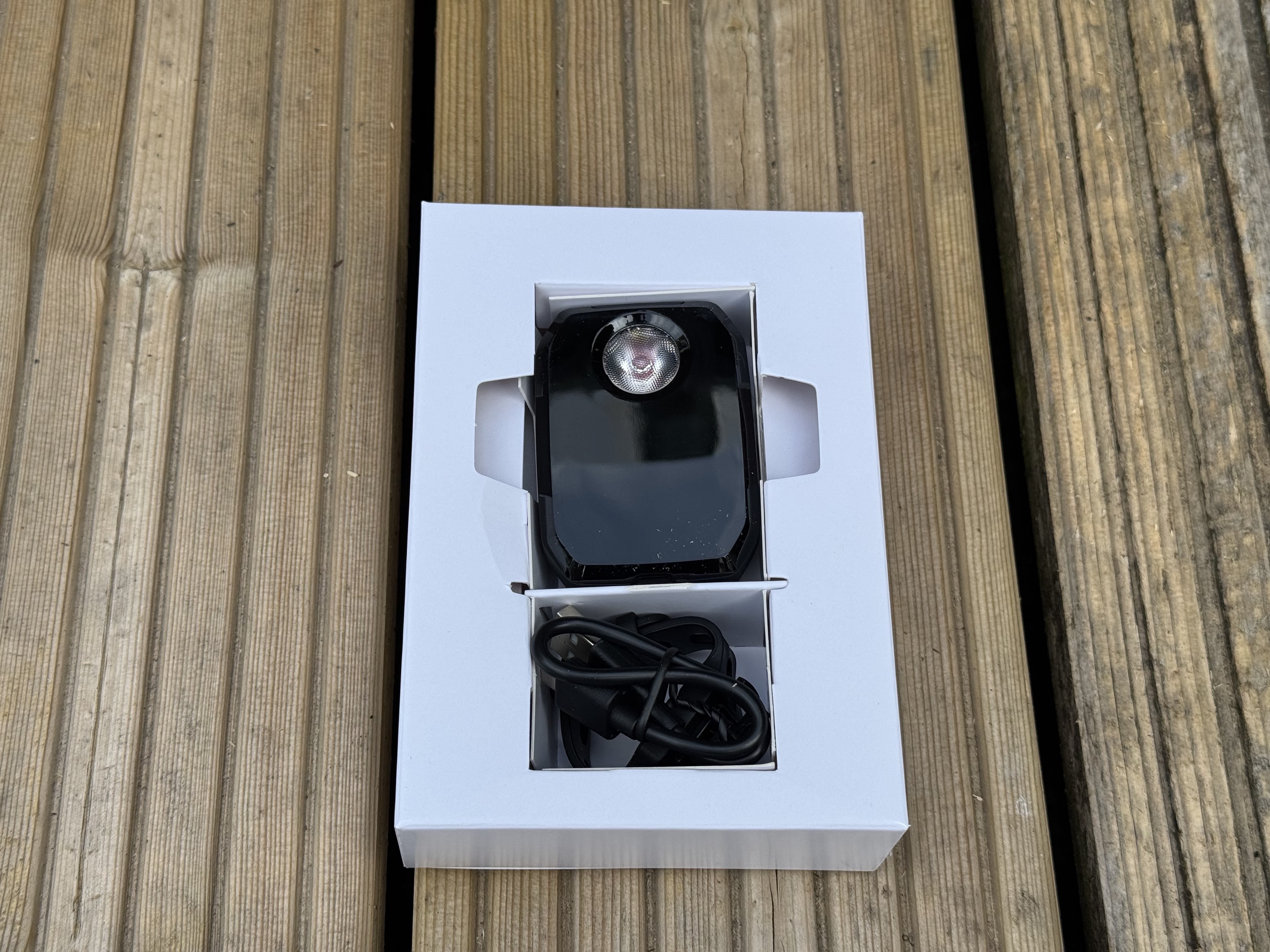
As for the radar unit itself, Trek claims a 240m detection range, with a 30m detection radius at that range and 60m at 140m. This then conveys that information to your phone or bike computer to give an audible and visual alert for any cars behind, the equivalent of a fellow group rider shouting “car back”. This is also where the light is present, with one bright LED that faces rearwards with no exposed sides for side visibility.
There are four modes: day flash (90 lumens), day steady (25 lumens), night steady (5 lumens) and night flash (5 lumens). A press of the top button changes between modes. On the side of the unit is a series of four green LEDs which display the battery life. Once battery life drops below 5% the radar switches off and maintains the light.
The latest race content, interviews, features, reviews and expert buying guides, direct to your inbox!
Mounting uses a clip system which is very secure and can’t twist, whereas turn-mounts can result in dislodging in the rare event of the bike leaning against something. This clip then attaches to a seat post using a ladder style fitment which uses two hooks and a loop to secure the end of the strap. There is just the one mount included.
Performance
Fitting the Trek CarBack Radar, straight away I am presented with a component that is in parts effective and other parts annoying. The ladder mount can fit quite securely to squared off aero tubed seatposts, as well as standard round ones which is great. The ladders have enough rungs for deeper tubes as well. The issue is that the mount itself is a faff.
The ladder section goes over two hooks, which on deeper seatposts can be a squeeze, and then goes through a rubber loop to keep the strap in place. It’s not the most elegant solution, but a plus compared to the Garmin Varia mount is that it remains facing the same direction more consistently in my experience. Fitting the CarBack radar unit itself is also relatively easy, but removing it requires a push down on the plastic tab while pulling the device off, not as simple as the quarter turn to release of Garmin, Wahoo, and many others.
The device itself is also a slightly odd shape choice. Most competitors have gone down the route of making the radar unit quite tall, having the detection unit below a flashing light. Trek has made the CarBack a wider and not as tall unit. If you run a more setback seatpost, this can have the result of leading to a fair bit of thigh rub when pedalling, and quite often I found my leg knocking the unit.
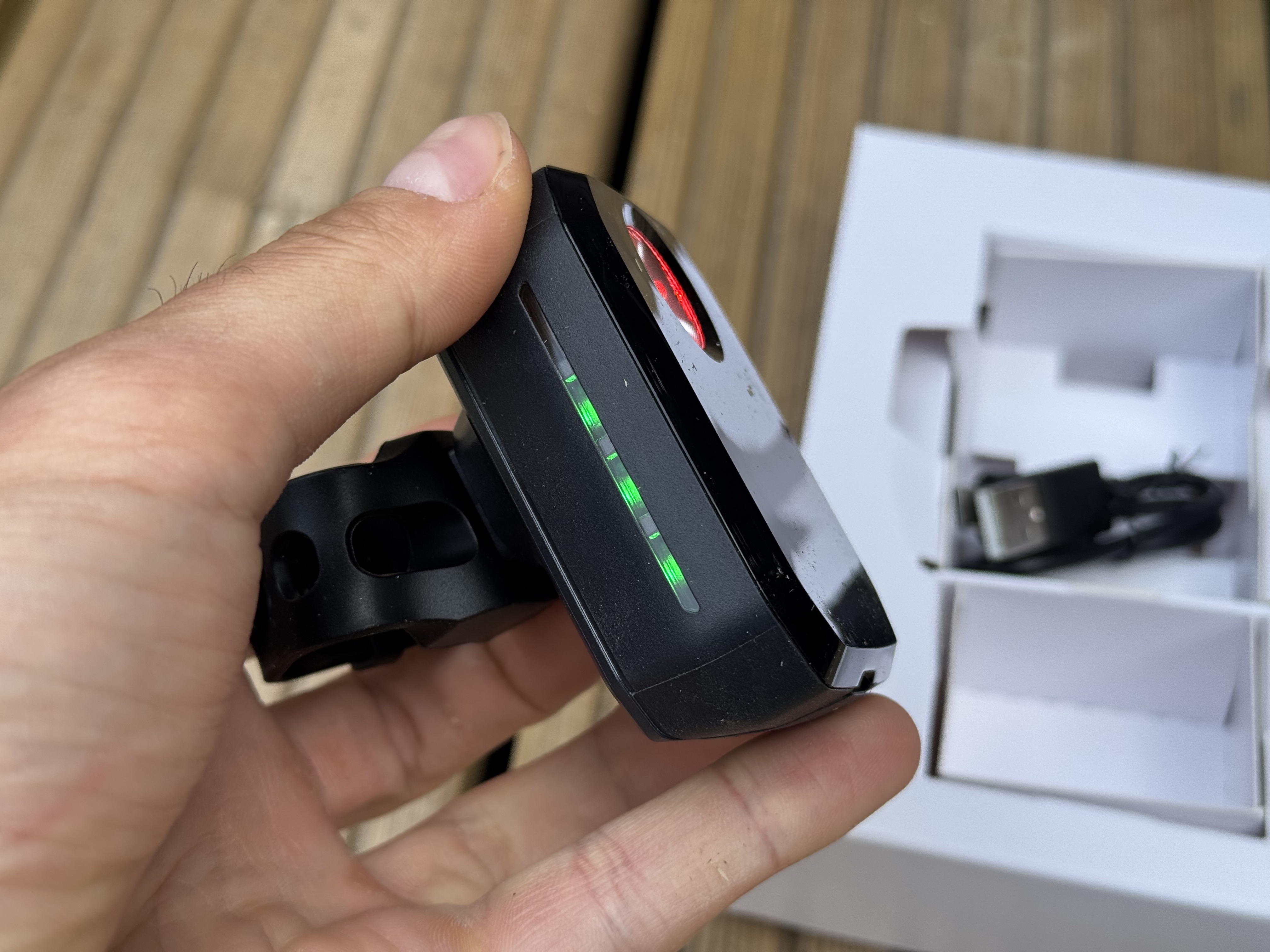
Part of the reason for the unit size however is linked to one of the more practical features, a visible battery life indicator. Quite a few times, I have gone out with a radar unit and found that after an hour I get the low battery warning, given all I’ve tested so far have no battery gauge. Having a simple series of lights across the outside of the light to display this is a highly practical feature. But is it one that is needed sorely, in part due to the CarBack having a lower battery life than the competition.
Even with day flash mode, the maximum battery life is 7 hours, with an alert at 6 hours in to inform you of low battery. This is lower than much of the competition, and it’s a shame to see that different light modes don’t extend this a bit further.
The light itself is also a bit hit and miss. Trek claims the light is visible from 1km away, and in terms of day flash or solid beam, the rear light is bright enough to really enhance visibility. Where it falls foul is that the visibility from the side is non-existent. Wahoo with the Trackr Radar and Garmin with the Varia, have decent side visibility. It’s especially useful at junctions just giving that bit of added visibility that is never a bad thing.
Moving onto the radar functionality itself, and again, a trend is developing here, it is very hit and miss. In terms of pickup range, Trek claims a 250m detection capacity. In practice, I would say this holds true, and the distance detection is better than any other radar light I’ve used. On my head unit, a Wahoo Elemnt Bolt V3, the detection bleep would go off before the little car icon was even visible. Where problems start however is the field of view (FOV). When turning a slight corner or going on a rise on the road, often any cars detected behind would vanish from detection. Trek states the detection radius is 60m when cars are within 120m range, and 30m when 240m range. Garmin by comparison 40-degree beam which means at further distances the beam is actually wider, and in testing this has been the case.
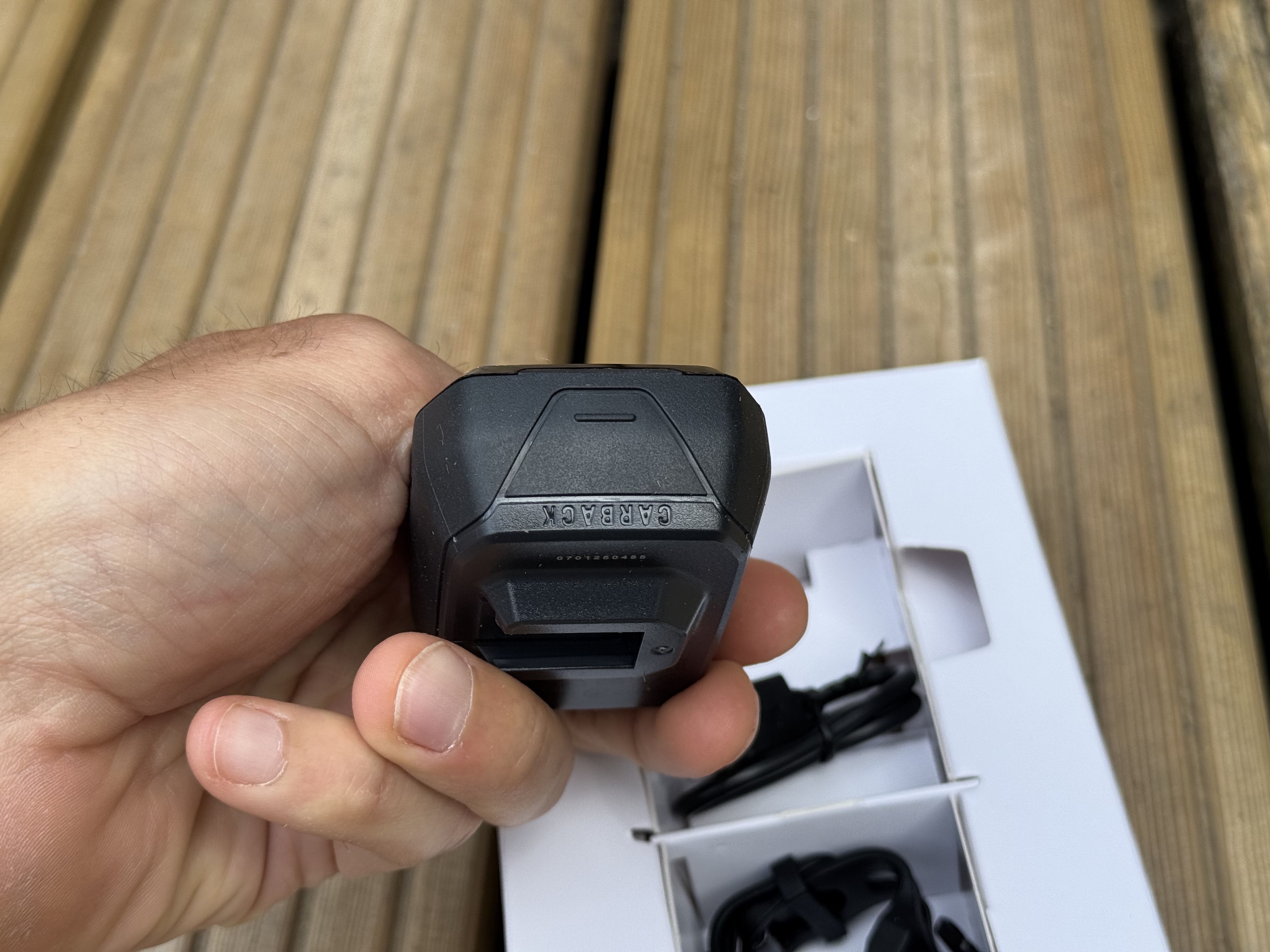
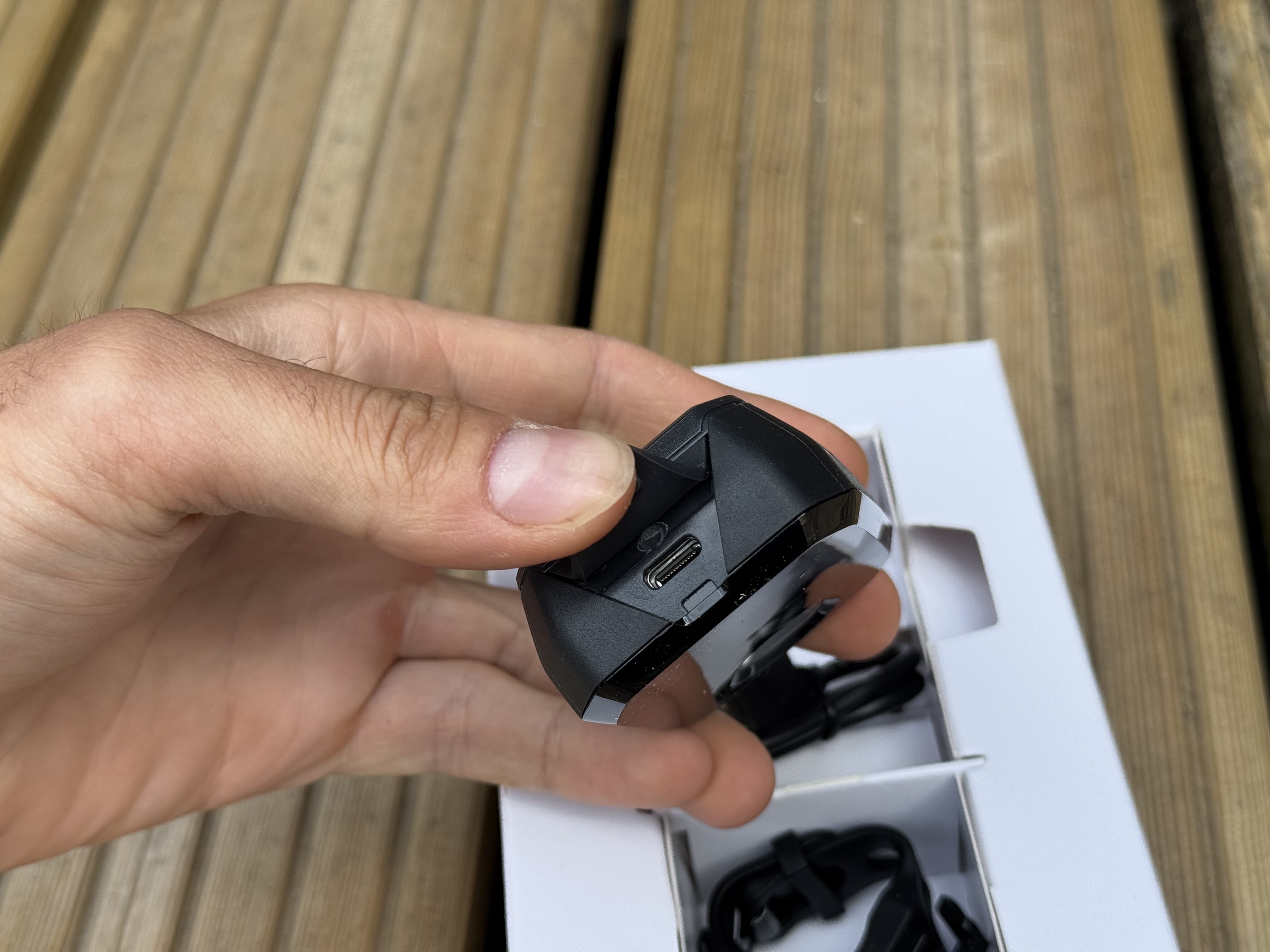
There is then a second issue, and that is the false negatives. In terms of detection, a false negative is the worst, telling you a car is not there when it is. It seems to be that once a car is matching your speed, it drops off the detection, showing up again when it accelerated relative to your speed.
This happens occasionally with the Garmin Varia I usually use, but rarely. Instead the car icon and orange light to indicate a car is behind remains in the same place until the car overtakes. Of course, you should always look behind to remain aware of what’s around you, but not detecting cars that are following is a major setback for the Trek CarBack, and undermines a good level of the radar performance. I also miss the change in light pattern present on the Garmin Varia when a car approaches, enhancing visibility to other road users that bit more.
In terms of more practical elements, charging is done via USB-C, whereas Garmin still uses Micro-USB much to my annoyance at wanting fewer charge cables lying around. The charge takes around 40-50 minutes from my experience from low or dead battery. It’s fine, similar to the Garmin Varia of my own, but with a shorter battery life. The rubber bung over the charge port is simple, but so far has been effective and secure.
The CarBack does also has a very good feature in that when the battery drops to 5%, the radar unit switches off and the light remains on. In terms of choices, this is definitely the right one to maintain visibility. Although the lack of a lanyard mount is a point against it compared to the Varia.
Value
At £169.99, the Trek CarBack comes in at nearly the same price as the Garmin Varia RTL515 with the Wahoo Trackr Radar being a touch more at £179.99. Featuring an external battery life indicator, potentially more secure mount, and a longer claimed pickup range are all areas where the CarBack forges ahead of the competition. But that, unfortunately, is it.
Given the similarities in price, the overall radar detection and ability to maintain detection with a wider FOV of the other units does make them far better performers, and therefore better value radar units. Both those aforementioned devices also have significantly longer battery life, with additional features like a brake light function on the Wahoo. Given the relative performance of these similarly priced items, the CarBack just can’t compete. Other radars with fewer features, like the Magicshine Seemee 508, do undercut significantly on the price at £129.99.
Unfortunately, there are just a few too many areas where the Trek CarBack tails behind the competition, while the areas where it does excel are not enough to justify the price relative to the other performance shortfalls.
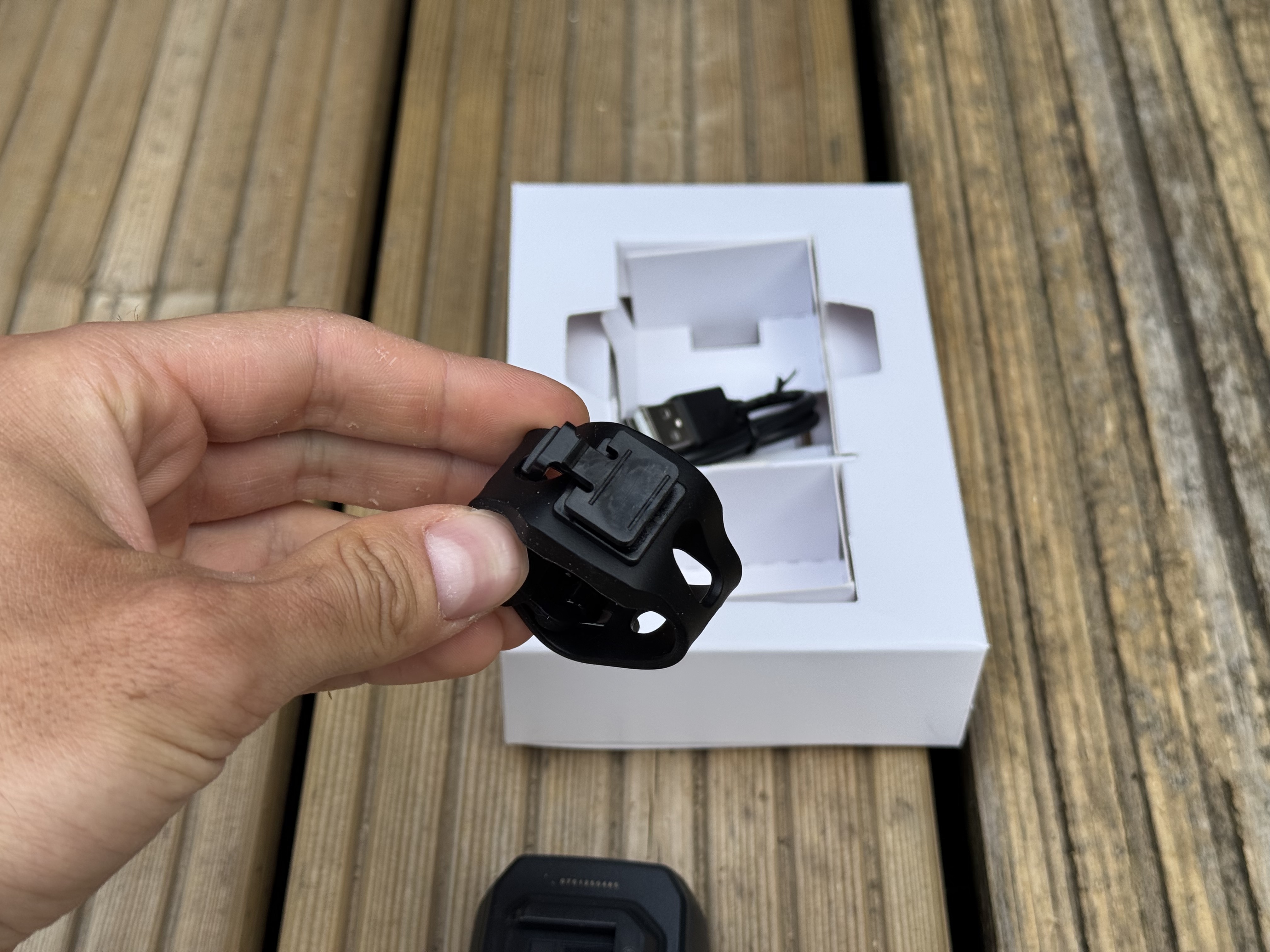
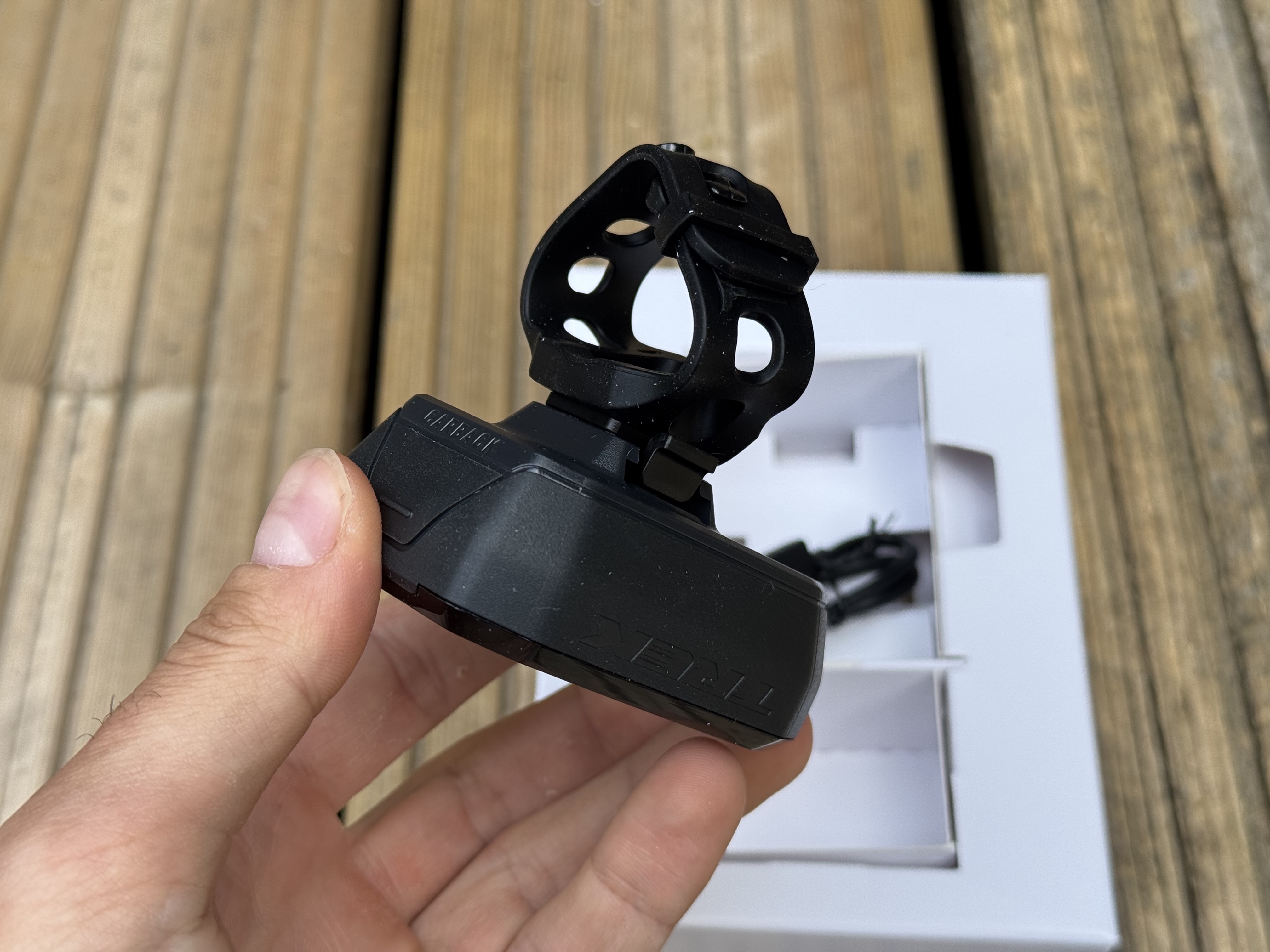
Verdict
Promising a radar detection range some 100m further than the competitors, the Trek CarBack has a lot of promise. In this area, the radar does perform as advertised, but with caveats. A small detection FOV and detection drop-off once speed is matched, means that false negatives are a common occurrence.
Added to that is a lower battery life than much of the competition, reduced side visibility, and some practical shortfalls. It’s a solid performer, with a good light, but there are better units available for a similar price, or cheaper units that have similar functionality.
Attributes | Notes | Rating |
|---|---|---|
Radar Performance | The pickup range is great, and better than other units I’ve tested. But the FOV and ability to maintain detection are not as good as others or just plain bad. | 3/10 |
Light Quality | The light itself is bright and highly effective, while the different modes offer something for each ambient condition. My only issue is that there is no side visibility unlike competitors. | 8/10 |
Control Scheme | Everything is nice and easy to use. Hold the power button to turn on or off, press it to change modes. More features or options could be nice, but it does the job simply and easily enough. | 8/10 |
Battery Life and Charging | Battery life is low compared to similarly priced competitors and the market as a whole, while the charge time is similar. At least it is USB-C unlike the current Garmin Varia. | 4/10 |
Value | A class leading detection range and battery life indicator are useful, but not enough to overturn the areas where the CarBack lags behind. All at a price that is up there with the higher end competitors. | 5/10 |
Overall Rating | Row 5 - Cell 1 | 56 |

Freelance cycling journalist Andy Turner is a fully qualified sports scientist, cycling coach at ATP Performance, and aerodynamics consultant at Venturi Dynamics. He also spent 3 years racing as a UCI Continental professional and held a British Cycling Elite Race Licence for 7 years. He now enjoys writing fitness and tech related articles, and putting cycling products through their paces for reviews. Predominantly road focussed, he is slowly venturing into the world of gravel too, as many ‘retired’ UCI riders do.
When it comes to cycling equipment, he looks for functionality, a little bit of bling, and ideally aero gains. Style and tradition are secondary, performance is key.
He has raced the Tour of Britain and Volta a Portugal, but nowadays spends his time on the other side of races in the convoy as a DS, coaching riders to race wins themselves, and limiting his riding to Strava hunting, big adventures, and café rides.
You must confirm your public display name before commenting
Please logout and then login again, you will then be prompted to enter your display name.
